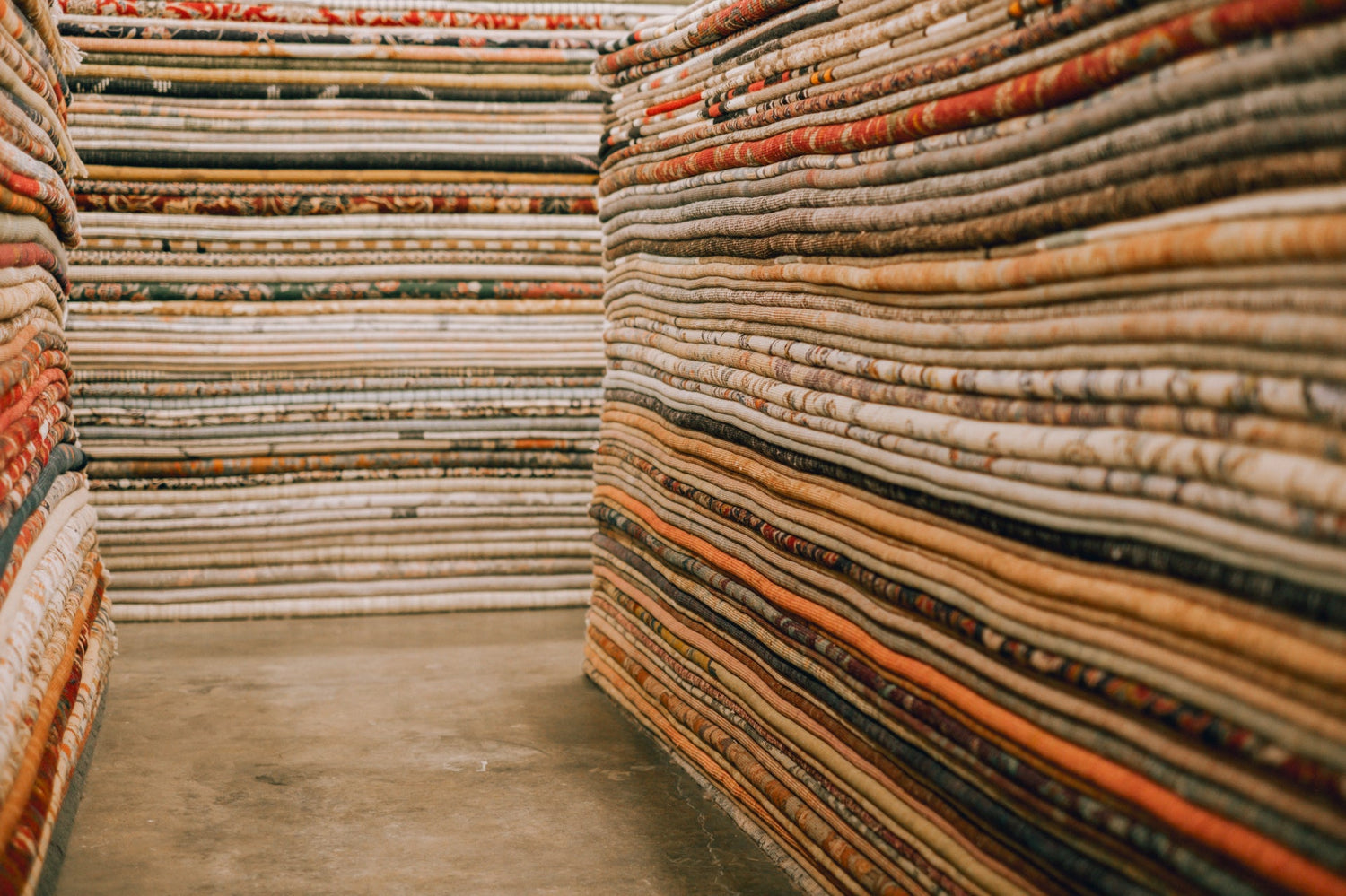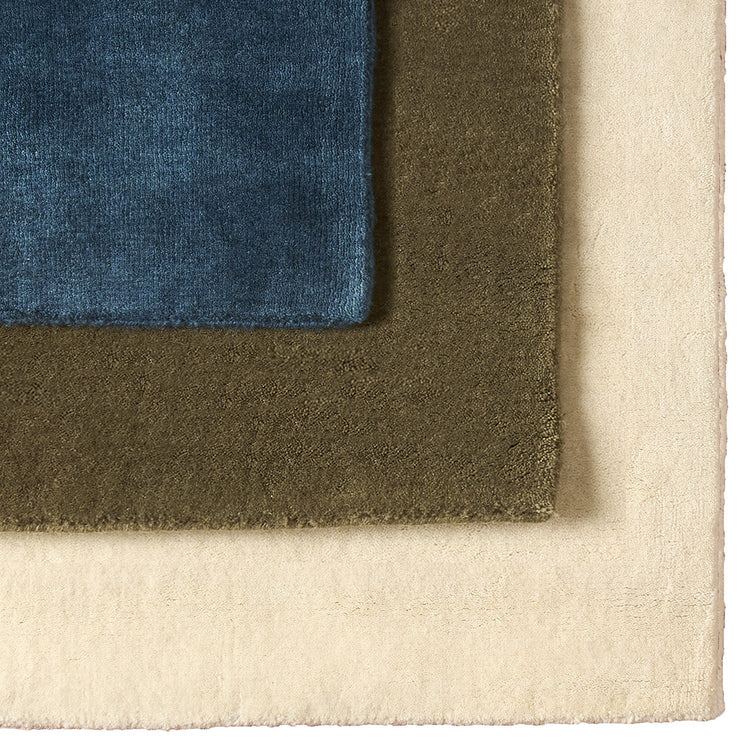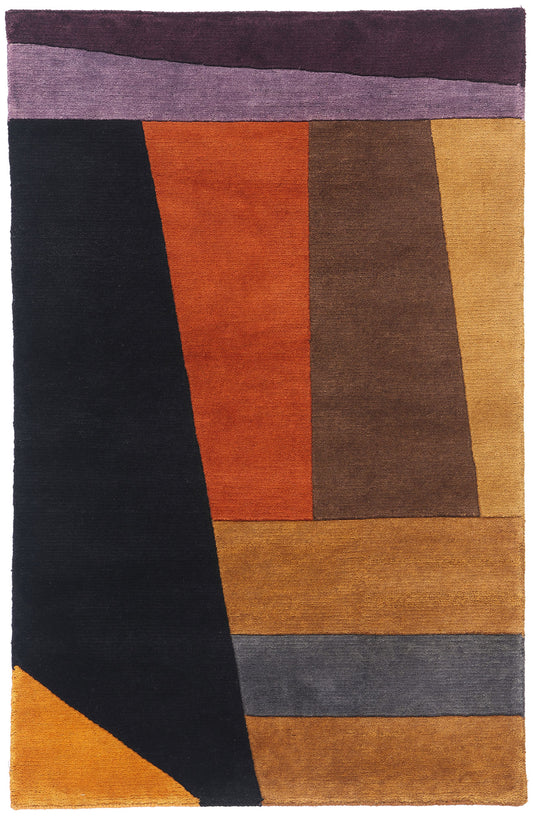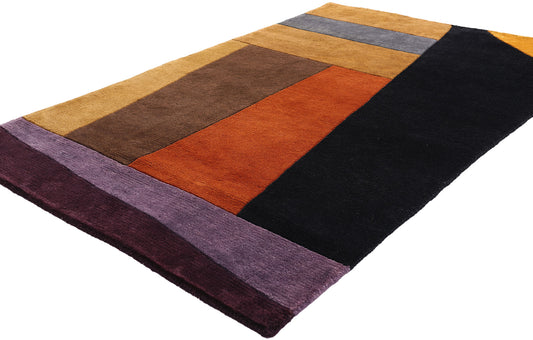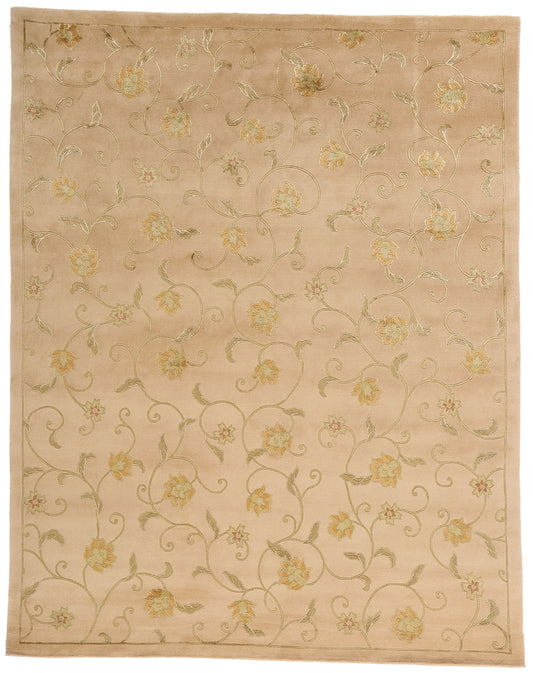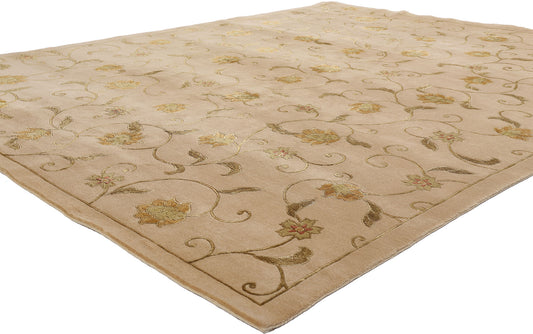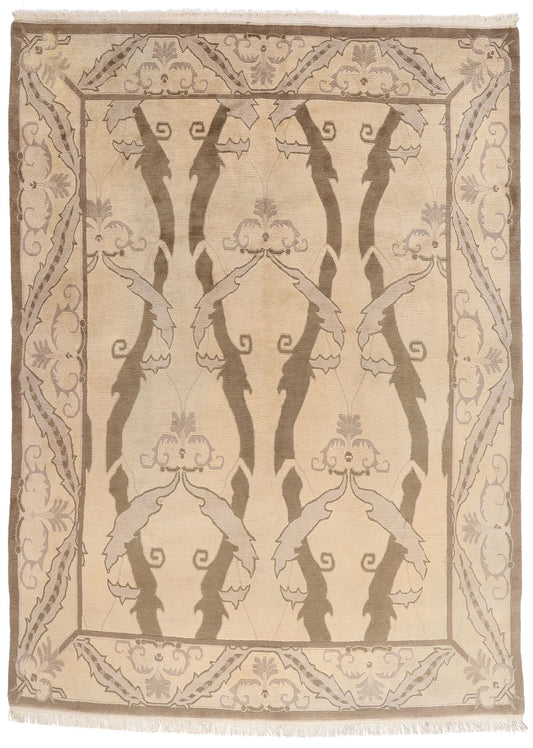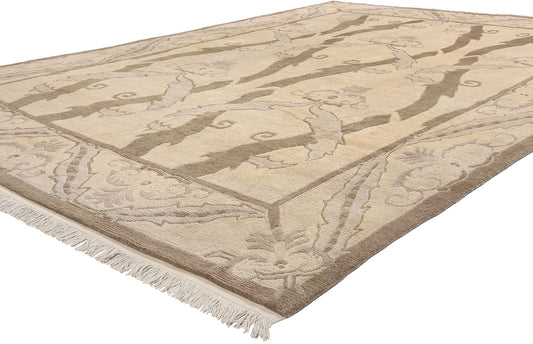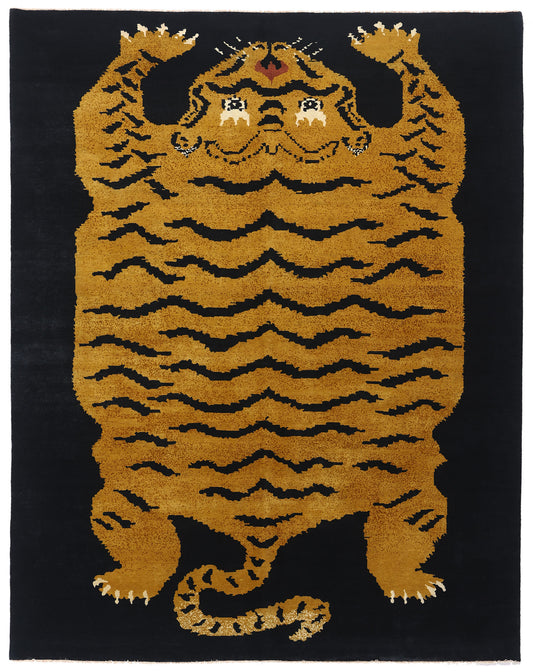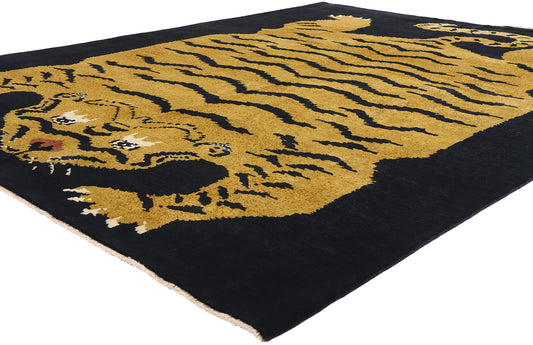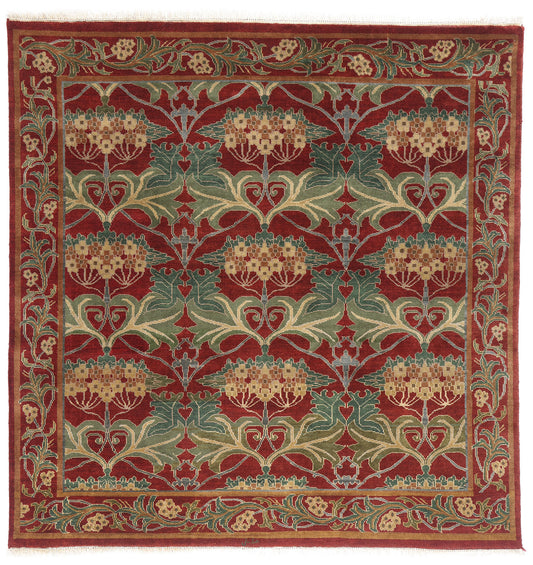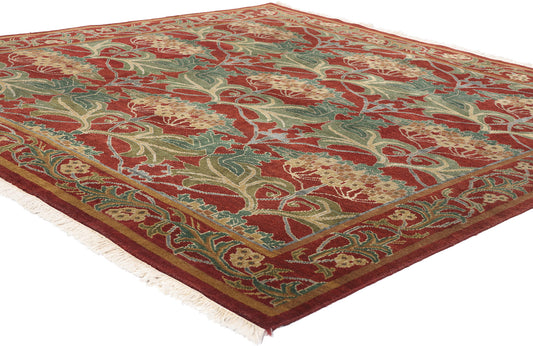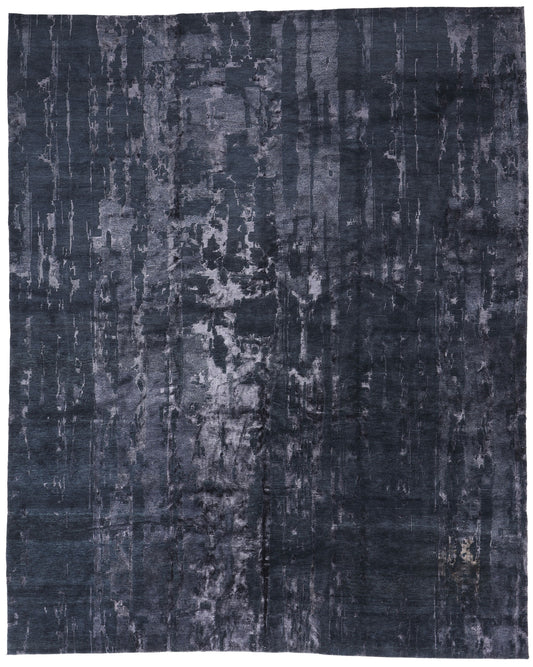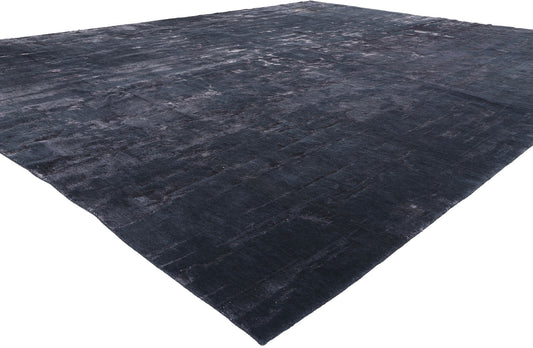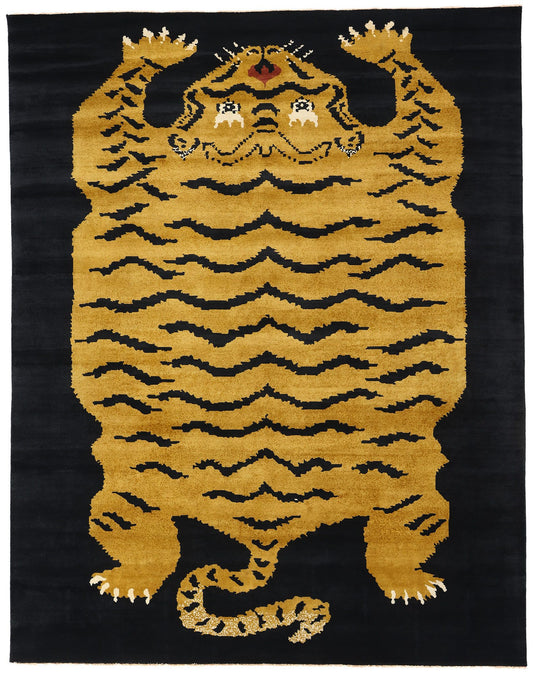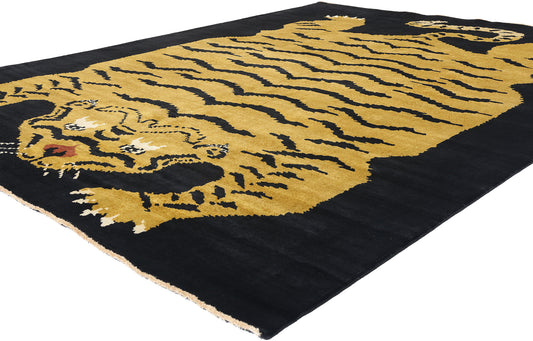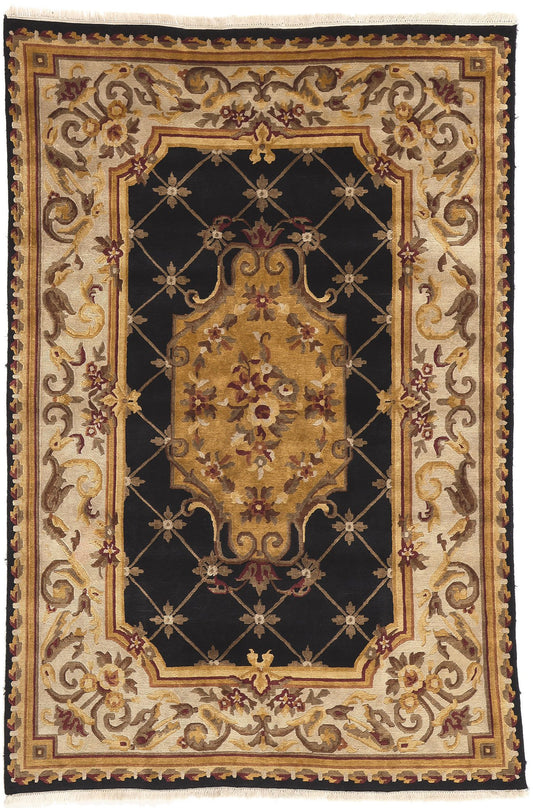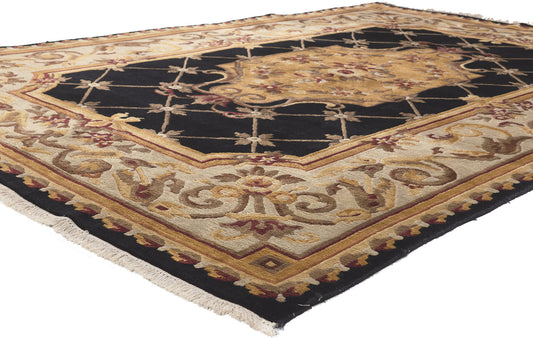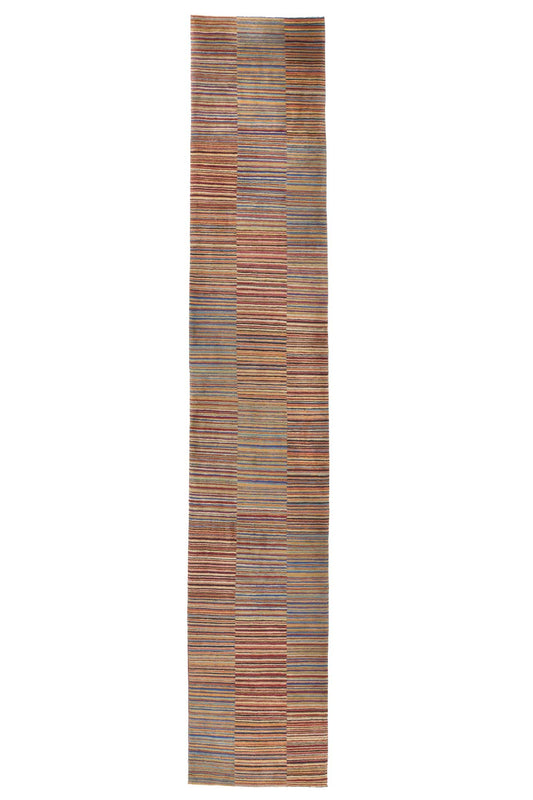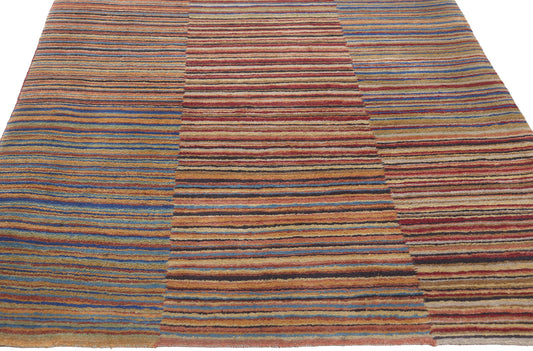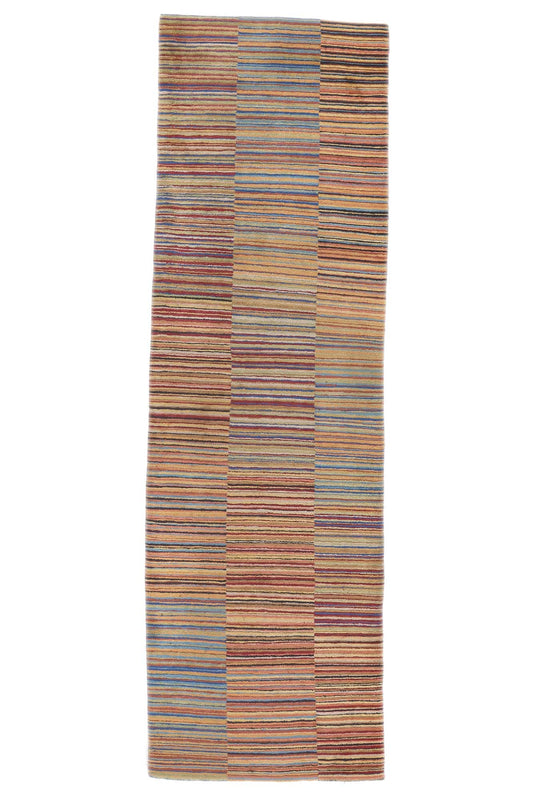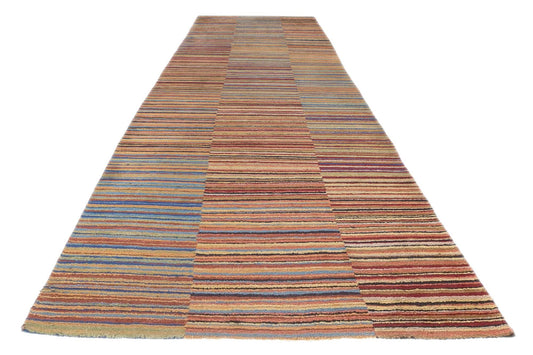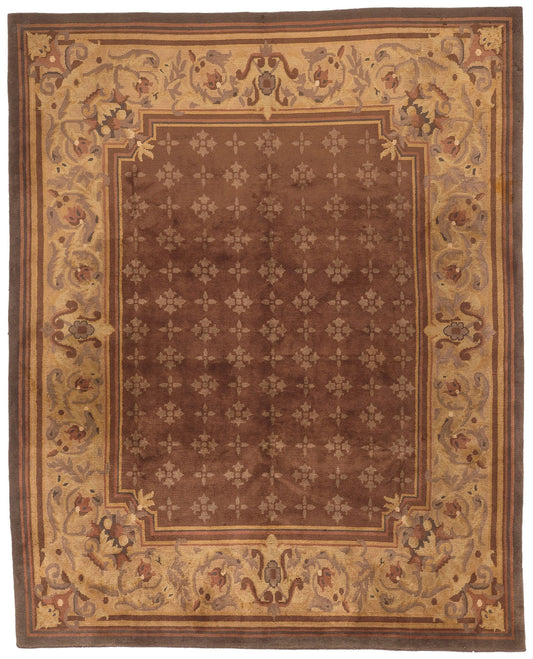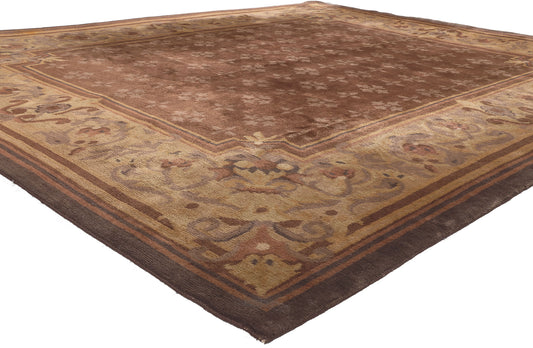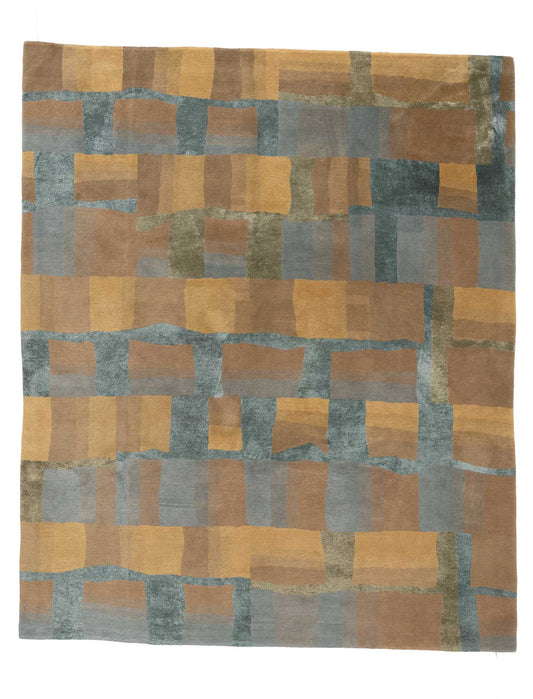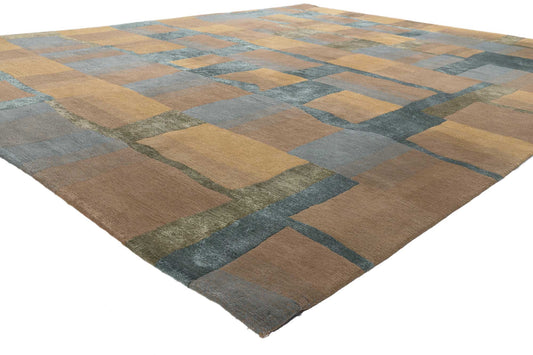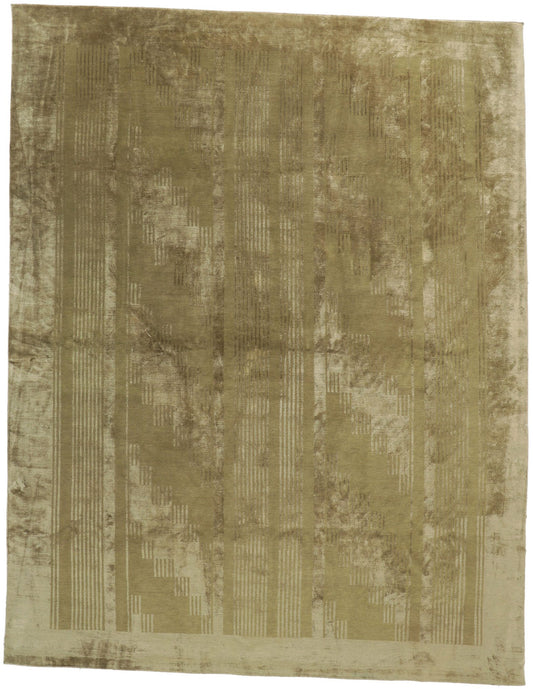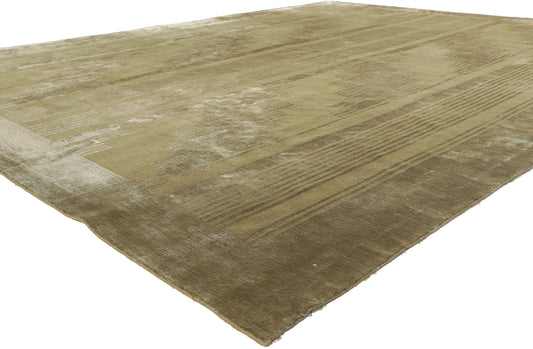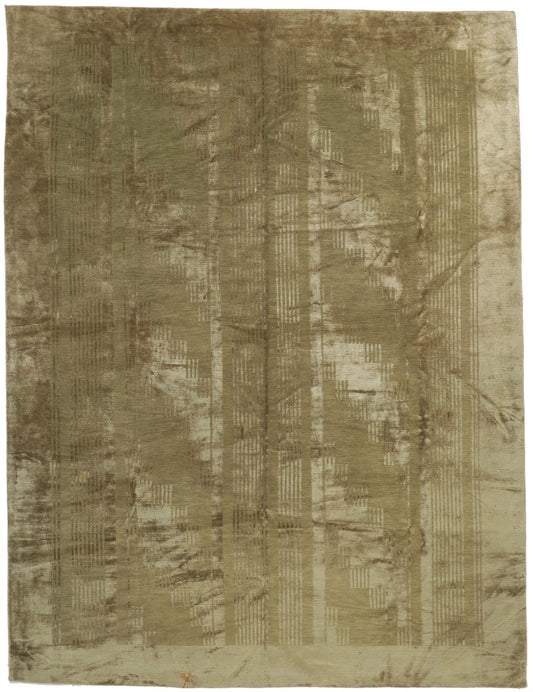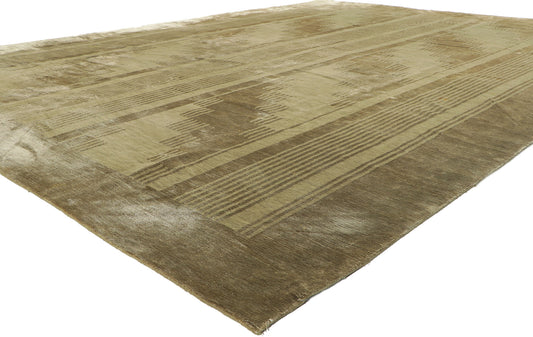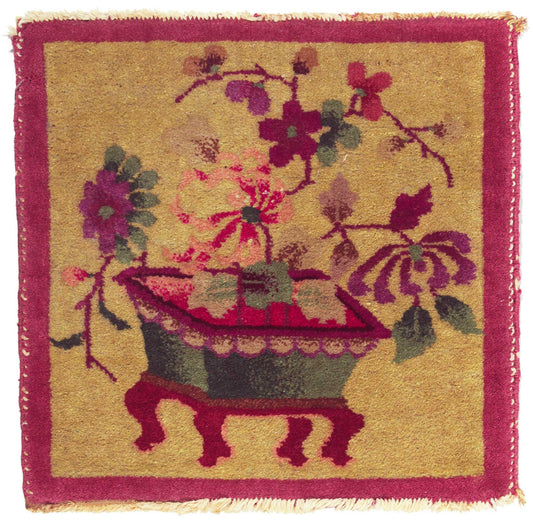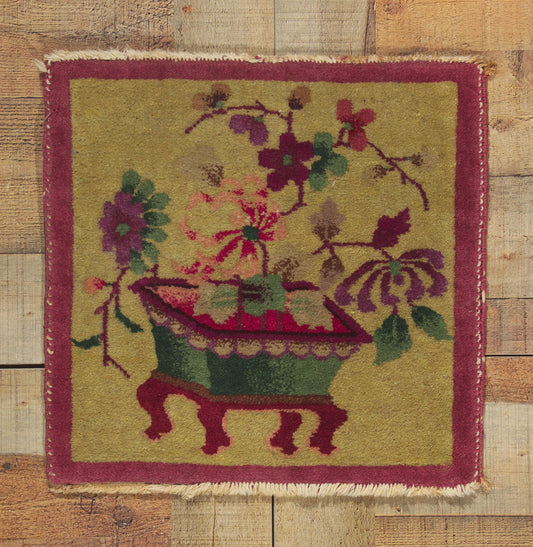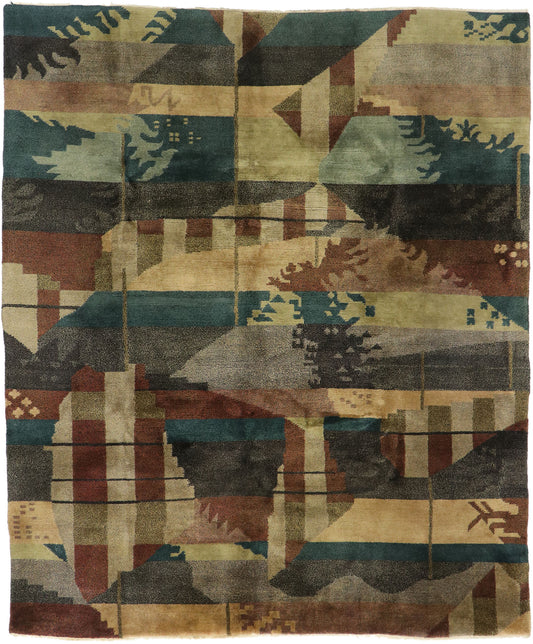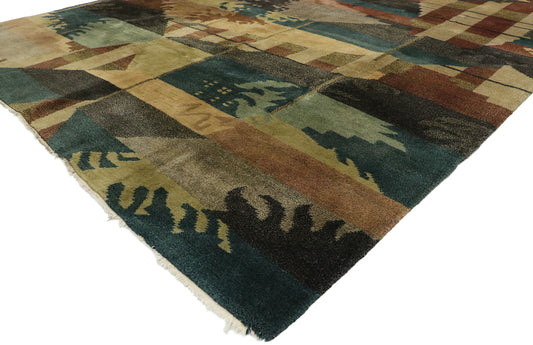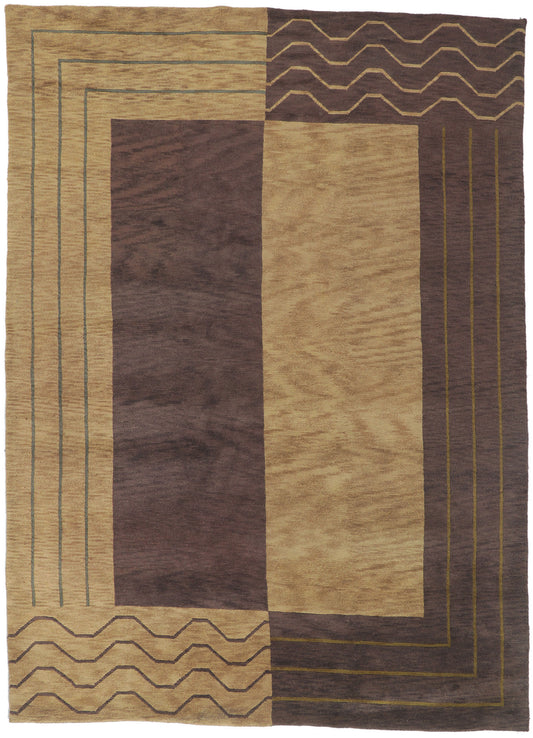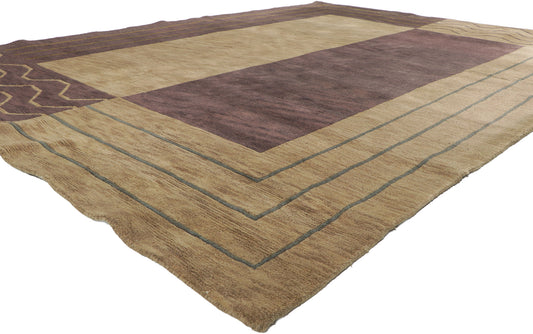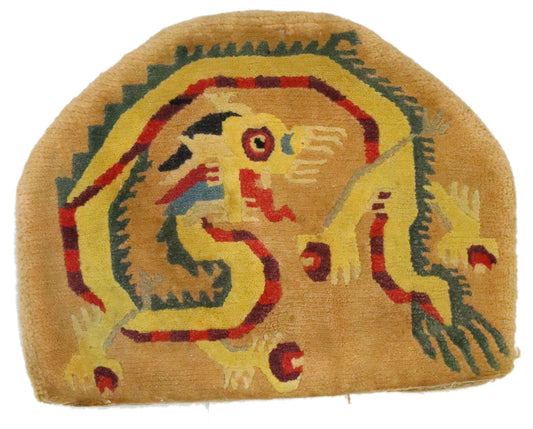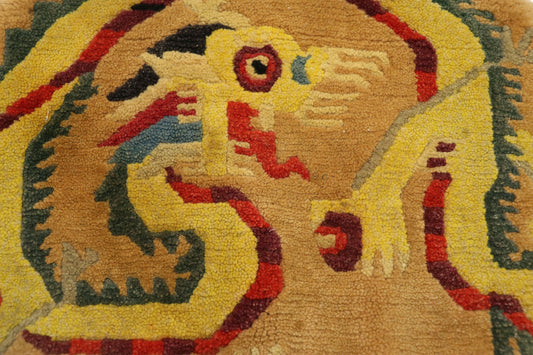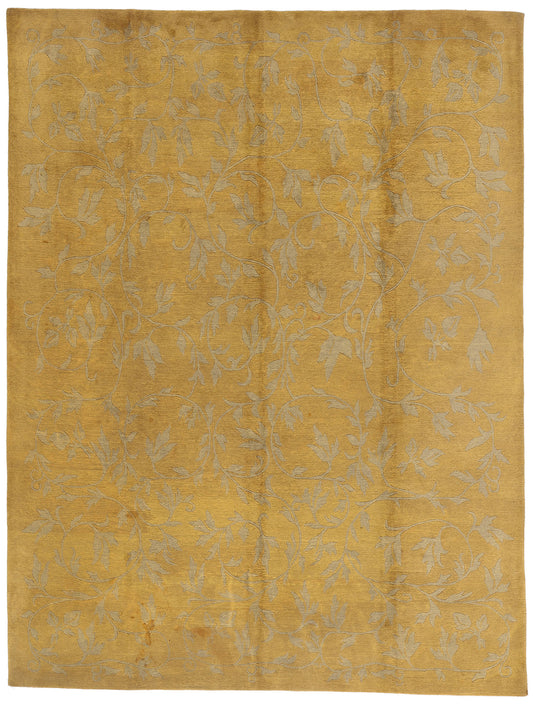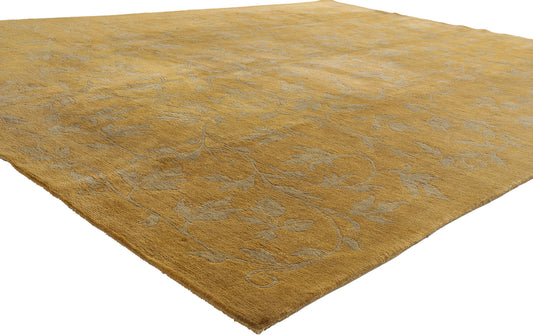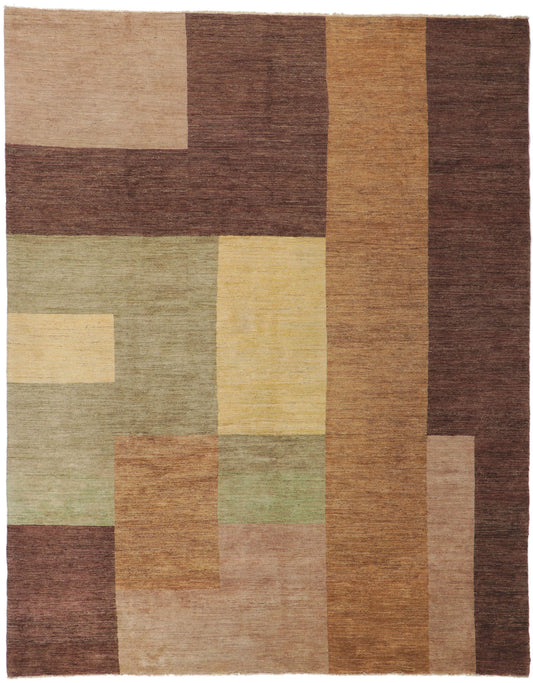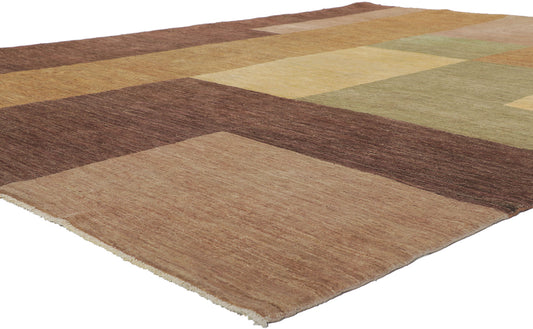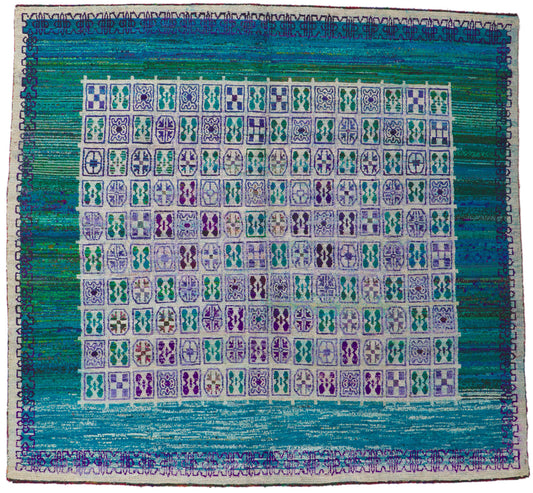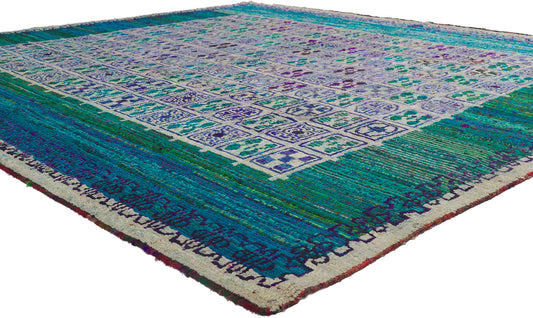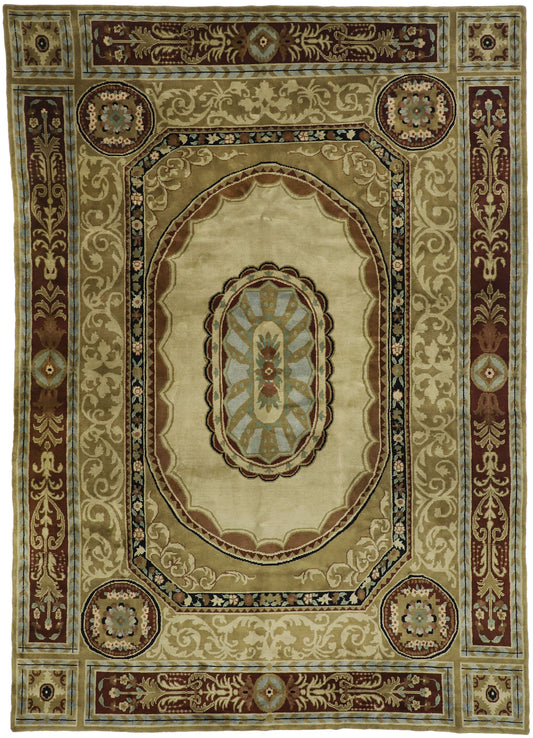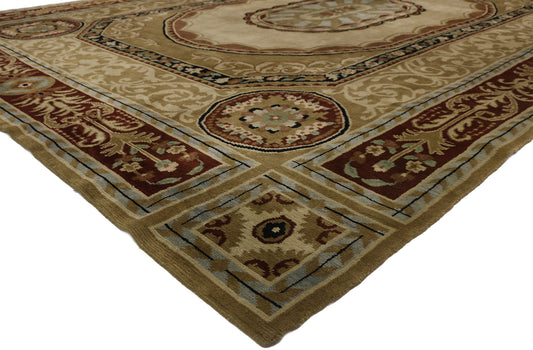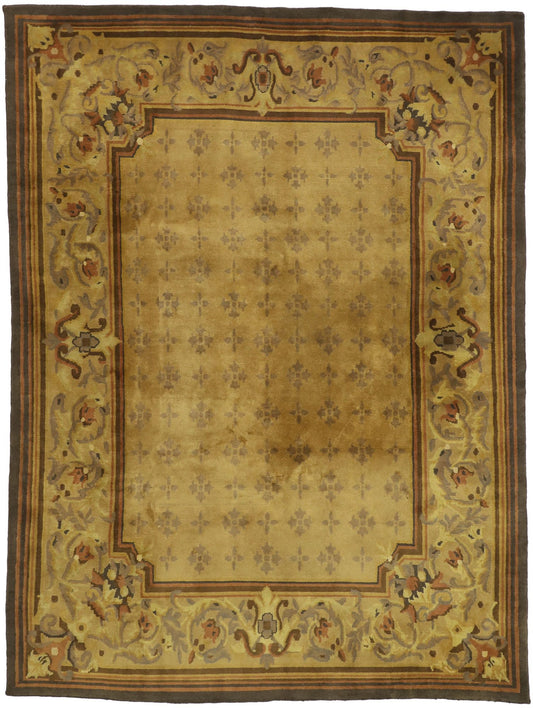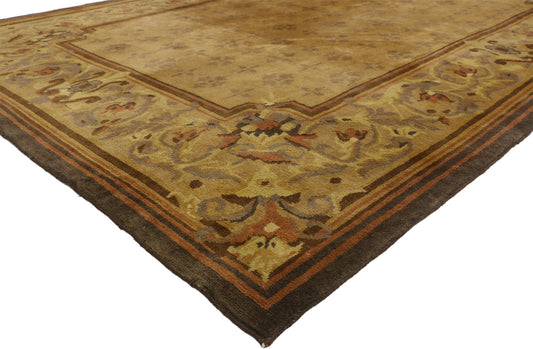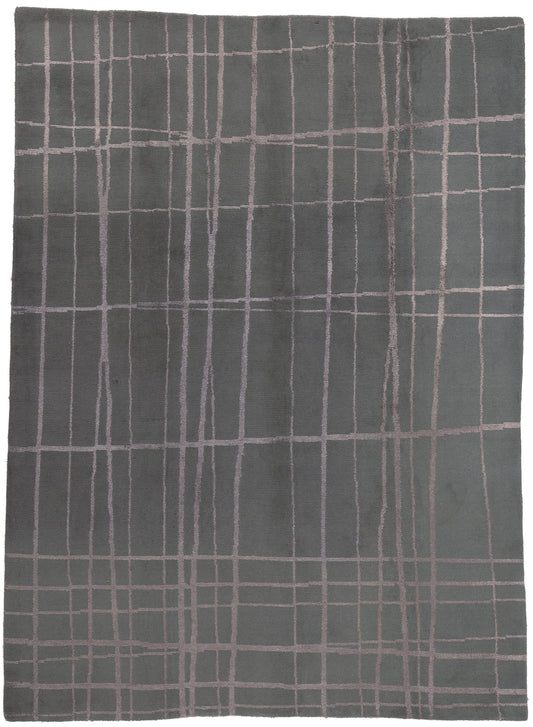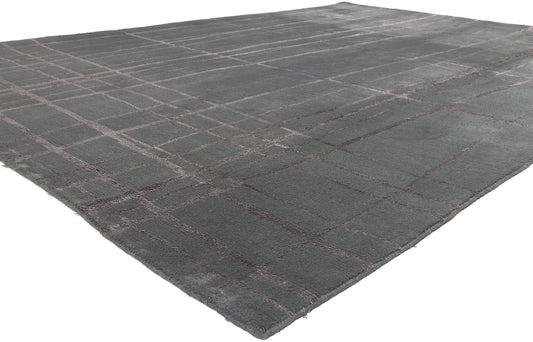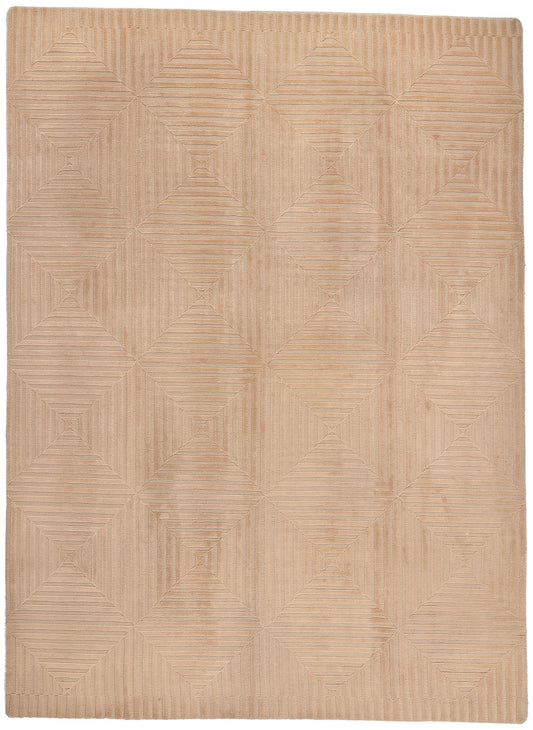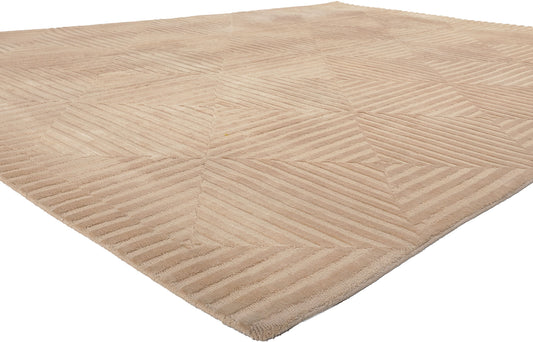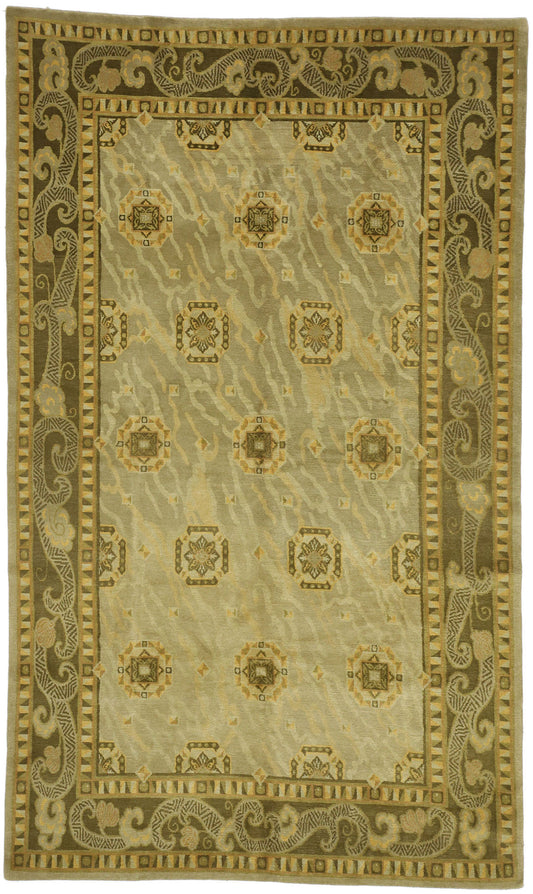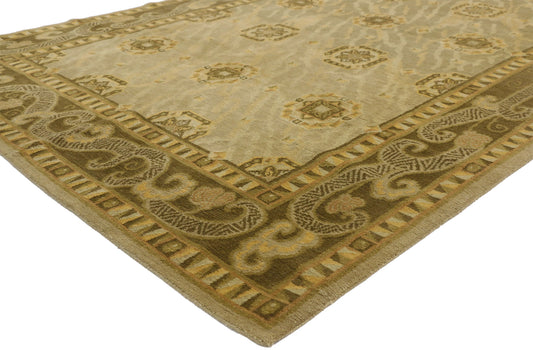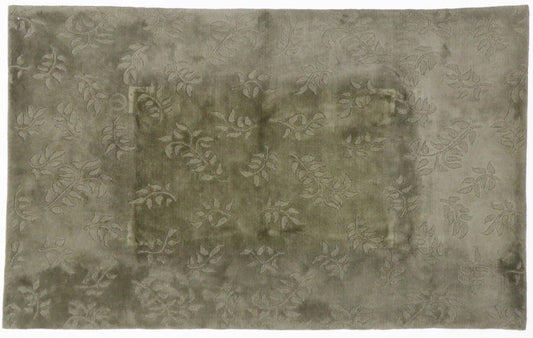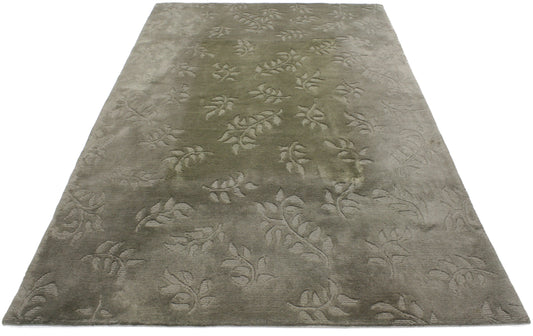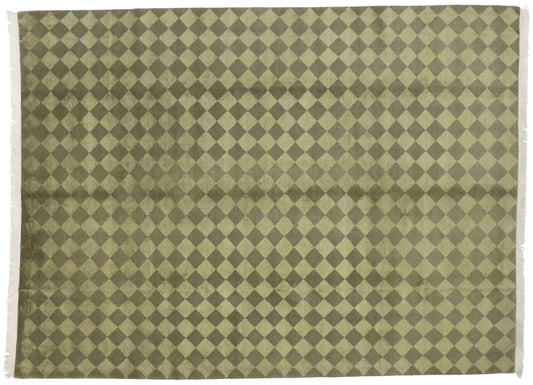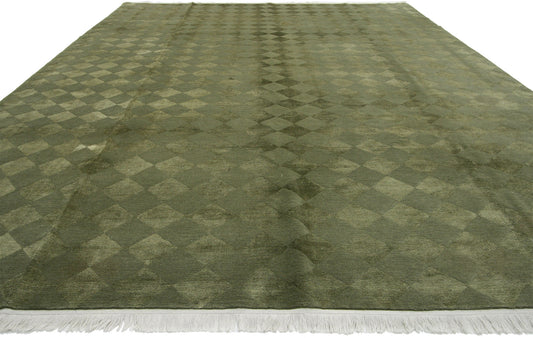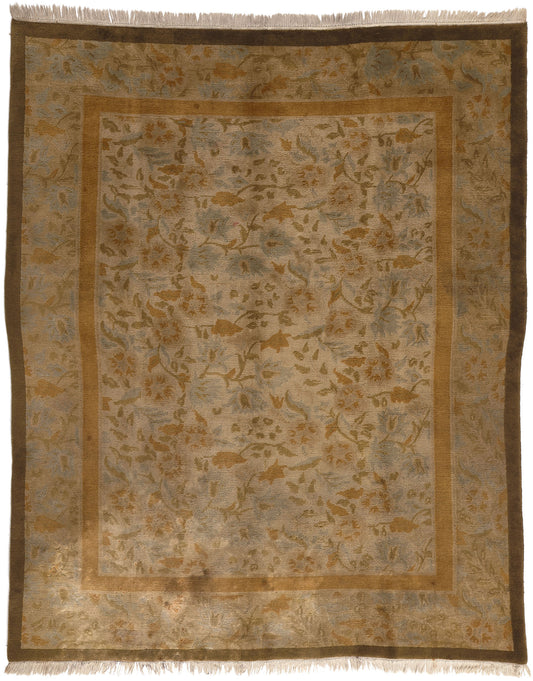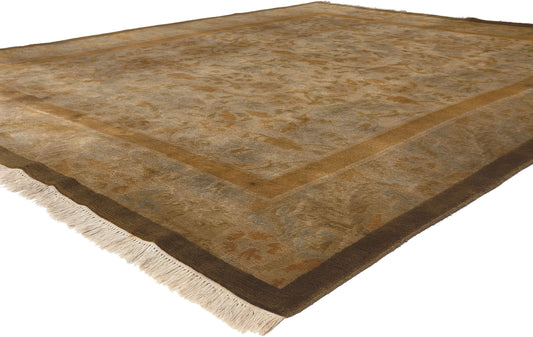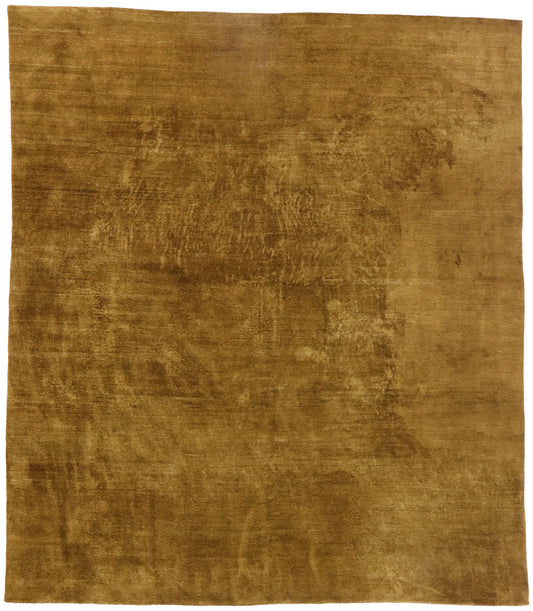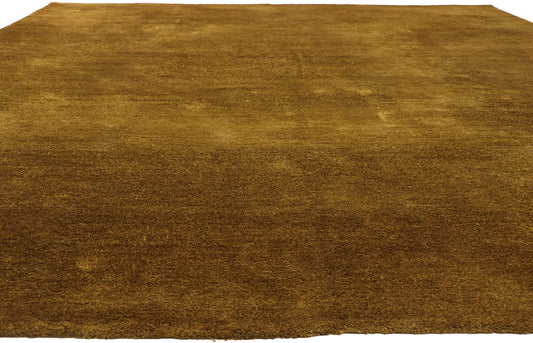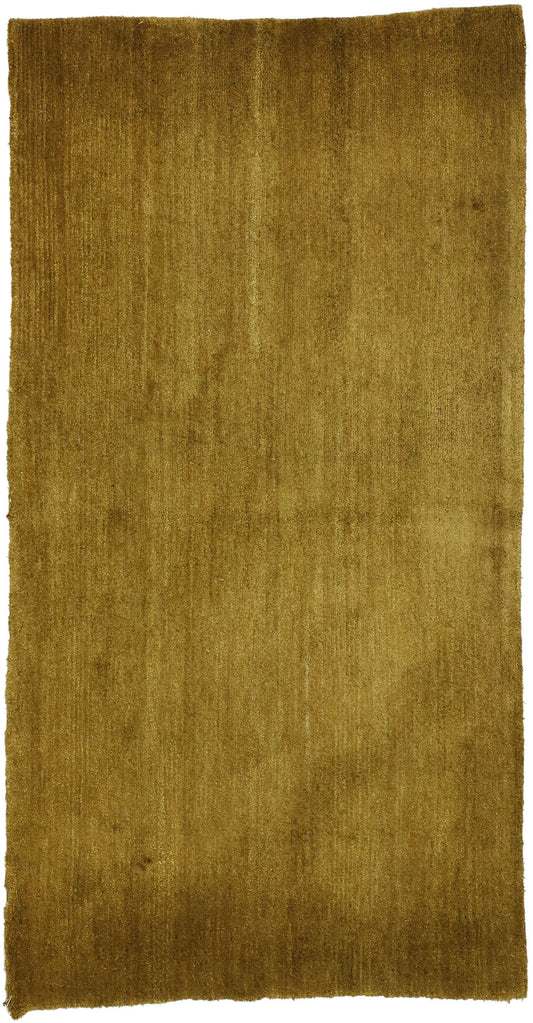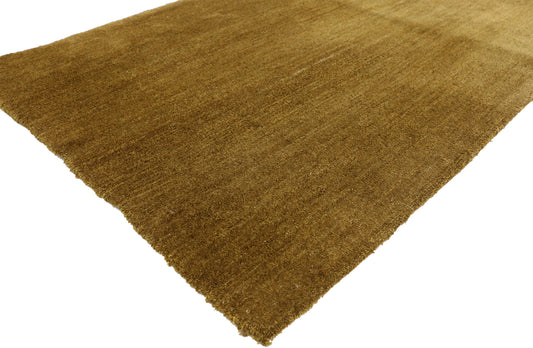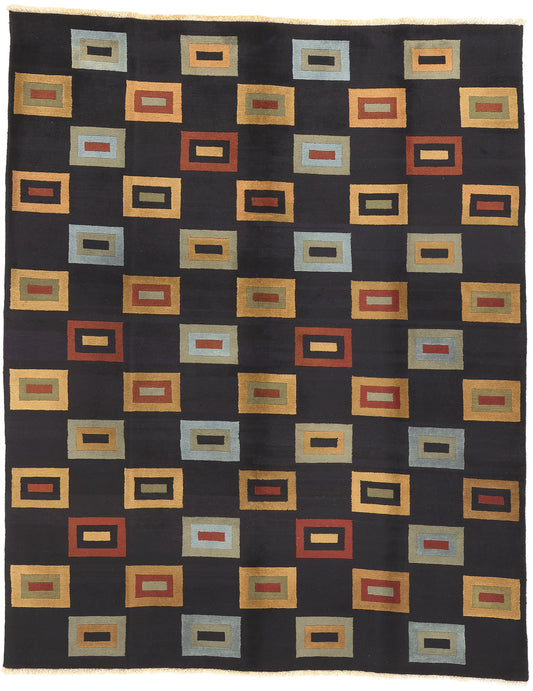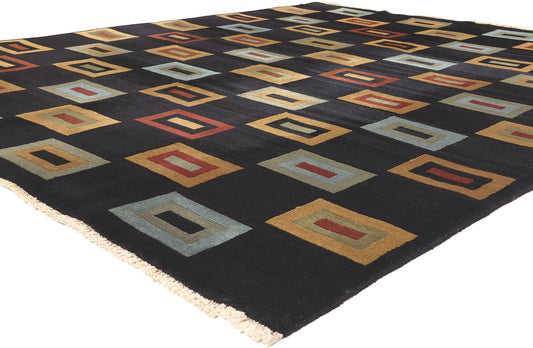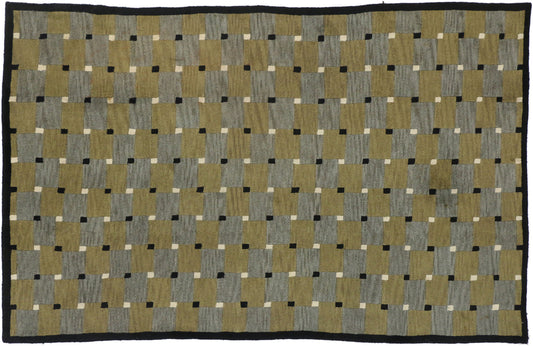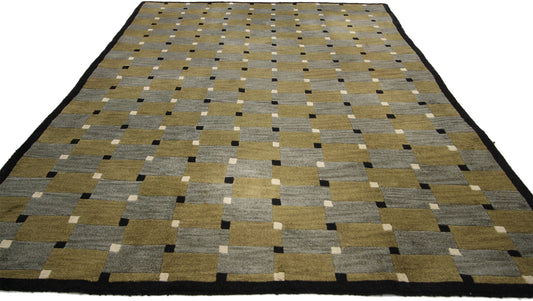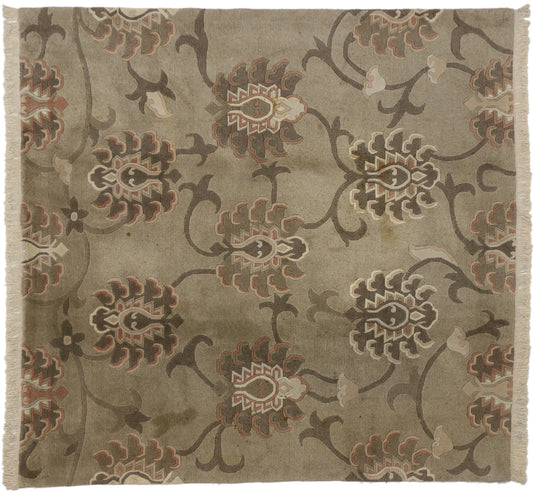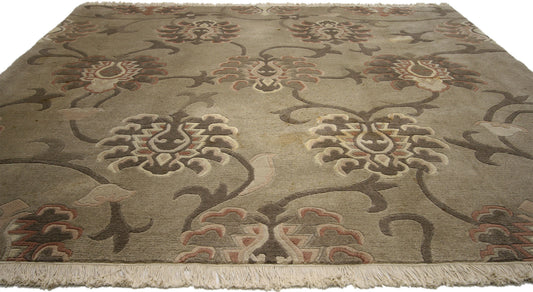Tibetan Rugs: A Journey Through Tradition and Craftsmanship
The centuries-old rug-making techniques of Tibet begin with the use of Highland sheep’s wool, called changpel. This type of wool is renowned for its sheen and durability, and is unique to Nepalese rugs. Many of these antique rugs and vintage carpets are an essential blueprint for a weaving legacy that continues to this day. Tirelessly passed down through generations, modern artisans strive to exceed the works of their ancestors in modern versions of these stunning designs.
Why Choose Esmaili Rugs
Our curated collection of vintage Tibetan and Nepalese rugs is one of the largest in the United States. Esmaili Rugs has spent over 30 years developing global sourcing partners that ensure we have the highest quality Tibetan rugs available for discerning clientele. Architects, designers, and collectors trust in us for all their Oriental rug services, including appraisal, consignment, repair, and more. Discover personalized guidance that caters to your aesthetic, as well as an unsurpassed commitment to quality and transparency.
Defining Features of Tibetan Rugs
Tibet rugs stand apart due to their bold colors, large patterns, and durability in high-traffic areas. Many of these pieces also feature traditional Nepalese motifs, including dragons, mythical beings, tigers, floral designs, and Buddhist symbols. Explore rugs crafted from materials like wool, cotton, silk, and hand-knotted to enhance longevity.
The Vivid Tibetan Color Palette
One of the other ways in which Tibetan rugs stand out is their color palette. Warm golds, rust-reds, deep blues, rich oranges, and earthy browns — unique to Nepal — grace these textiles. Dyes made from plants, minerals, and insects native to the Tibetan plateaus result in hues that you may not find anywhere else.
The Allure of Gau Motifs in Tibetan Rugs
Many Nepalese rugs explore designs other than animals and florals, like Gau motifs. These patterns are inspired by Buddhist prayer boxes and often feature coral and semi-precious stones recreated in fabric. The Gau style rugs focus on Buddhist mystique, spirituality, and cultural storytelling unique to Tibet.
Tibetan Tiger Rugs: A Symbol of Power and Elegance
Tibetan tiger rugs and dragon carpets are among the most popular designs, as they symbolize strength and protection. From mythical snow tigers to magical lotus blossoms, there is a historical connection that links yoga practitioners, lamas, chiefs, and Tibetan kings through the symbols of Tibetan rugs, encouraging spirituality, strength, and prestige.
Versatility and Everyday Use
Historically, Tibet rugs were used to cover saddles, as seating carpets, and as wall hangings. However, modern applications include home decor for contemporary living rooms, offices, and dining room areas. Adaptable designs reflect the ingenuity of these artists and provide our clientele with more versatility when enhancing their interior decor.
Modern Rug Production in Nepal
The modern history of Tibetan rugs is marked by resilience and creativity, as they have overcome oppression and invasion to focus on creation and beauty. After the Chinese invasion, many Tibetan refugees settled in the Kathmandu Valley, finding solace and support with the Swiss cottage weaving industry.
While early Tibet rugs catered to Nepal’s tourists, during the 1970s, the allure of these rugs captured the hearts of many. A surge in European demand solidified the quality and artistry of Nepalese rugs among the other styles available in Oriental regions. Today, these rugs are just as celebrated as Persian carpets, antique Oushak carpets, and vintage Moroccan rugs for sale.
Discover the Timeless Beauty of Tibet
Infused with centuries of rich cultural heritage, Tibetan rugs can become the highlight of any decorative space. Explore the curated rug collection in the online store, or visit Esmaili Rugs at our location in Dallas to invest in a piece that blends history, luxury, and artistry.
FAQs on Tibetan Rugs
What are Tibetan rugs made of?
Most Tibet rugs are crafted from Himalayan sheep wool (changpel) or silk. Wool offers more durable options for high-traffic areas, while silk is ideal as a luxury accent for its lustrous and soft feel underfoot.
What are the symbols on Tibetan rugs?
Motifs in these rugs include mandalas, lotus flowers, dragons, and gau motifs with cultural, spiritual, and historical significance. Tibetan tiger rugs, specifically, are popular due to their association with strength, protection, and courage.
How do you choose the best Nepalese rugs?
These rugs are defined by the quality of the wool, dye work, design, condition, and provenance. While knot count may be important in other rug styles, like Afghan rugs, it’s not a priority for Tibetan pieces, as it doesn’t capture the artistry or cultural value of the designs.
What is the significance of the Tibetan Tiger rug?
The tiger is a symbol of power and spirituality revered by Tibetan leaders. Indigenous to the region where the Wutun Monastery was located, tigers found their way into Buddhist beliefs and now adorn many home goods, prayer mats, and religious items.
How can I tell if my rug is a real Tibetan rug?
If you’re shopping with a respectable retailer, they can show you the most important elements of authentic Tibetan pieces, including the correct materials, Tibetan knotting, traditional motifs, and proof of origin.

